Serie of reports shows cases of deaths of wild animals related to farming activities
REPORTS
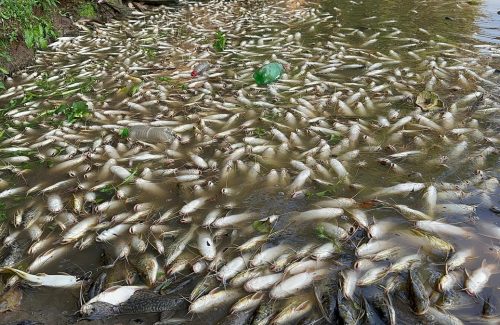
235,000 dead fish
Inquiry into deaths in the Piracicaba River cites Ajinomoto and Raízen
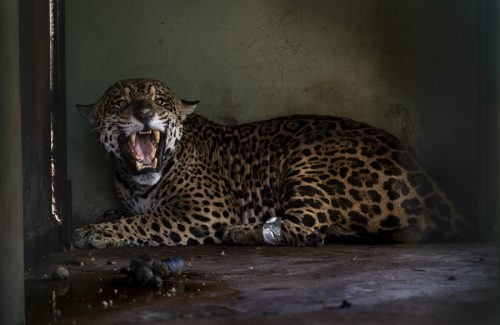
Scorched Land
Fire in the Pantanal leaves rescued animals with nowhere to go
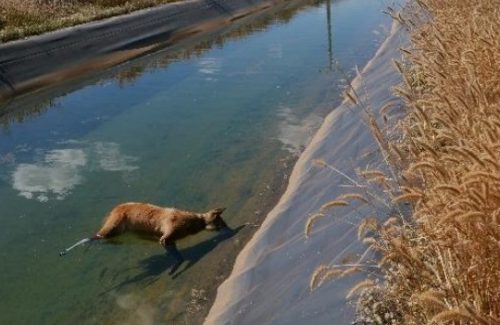
Drowned maned wolves
Mother and two cubs die in irrigation canals on grain farm in Bahia; owner obtained Rabobank financing for irrigation works
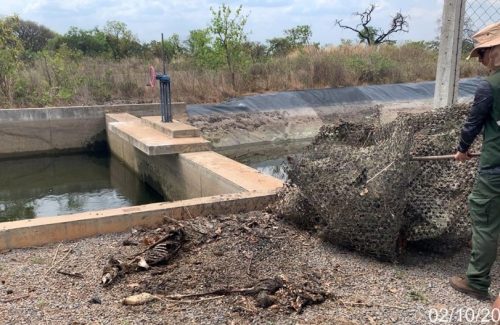
'Animal cemetery'
Farm in Bahia with carcasses of armadillos, tapirs and rheas is fined; Santa Colomba group supplied Philip Morris and fashion factories
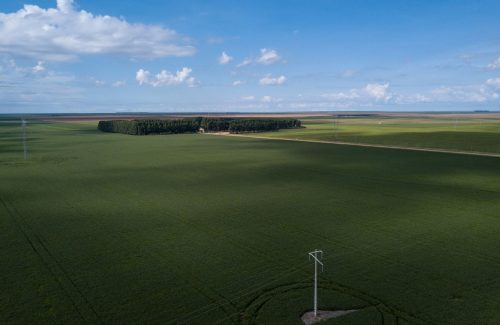
Bunge's supplier
Piauí soy grower fined R$5 million for illegal deforestation; deforestation caused by agriculture is the main threat to wildlife
ANIMALS RESCUED FROM THE FIRE IN THE PANTANAL
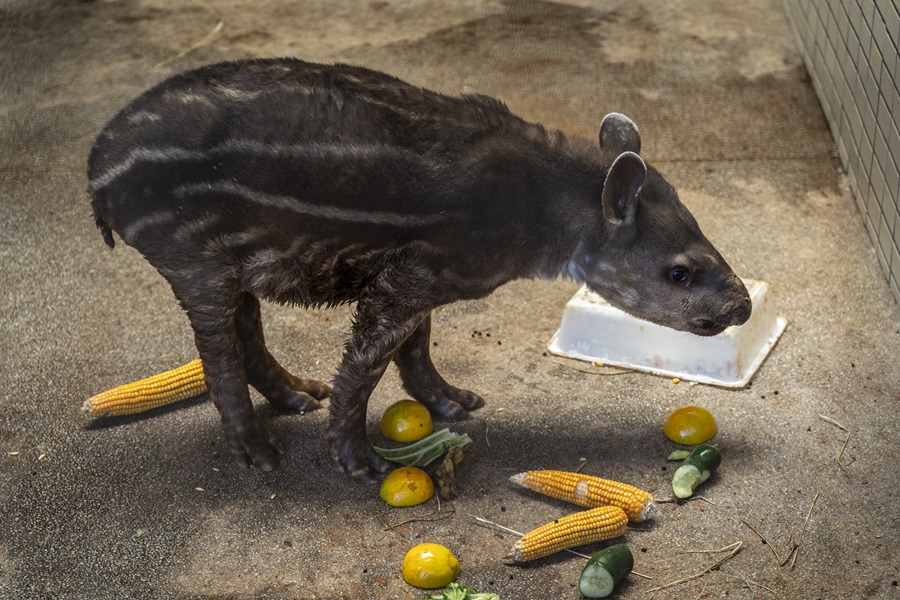
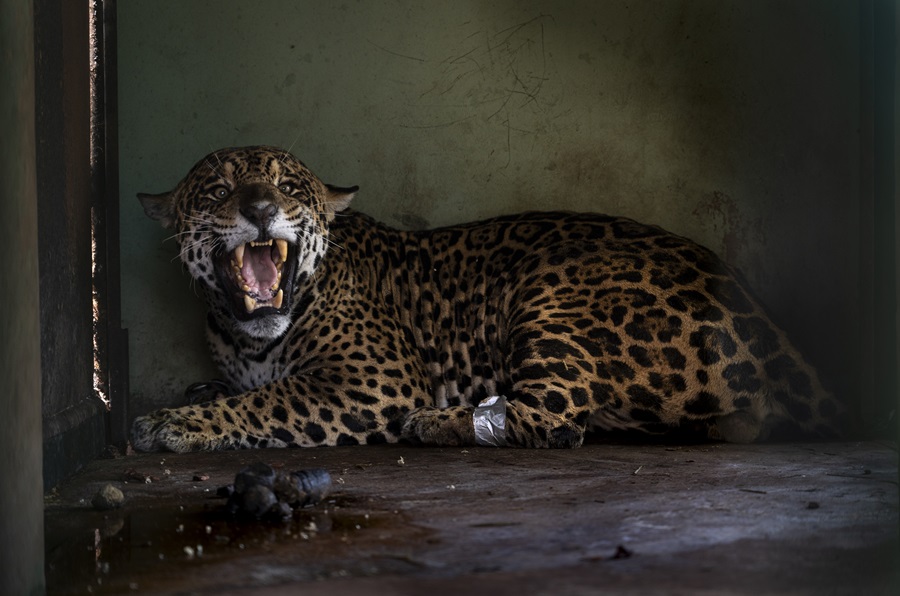
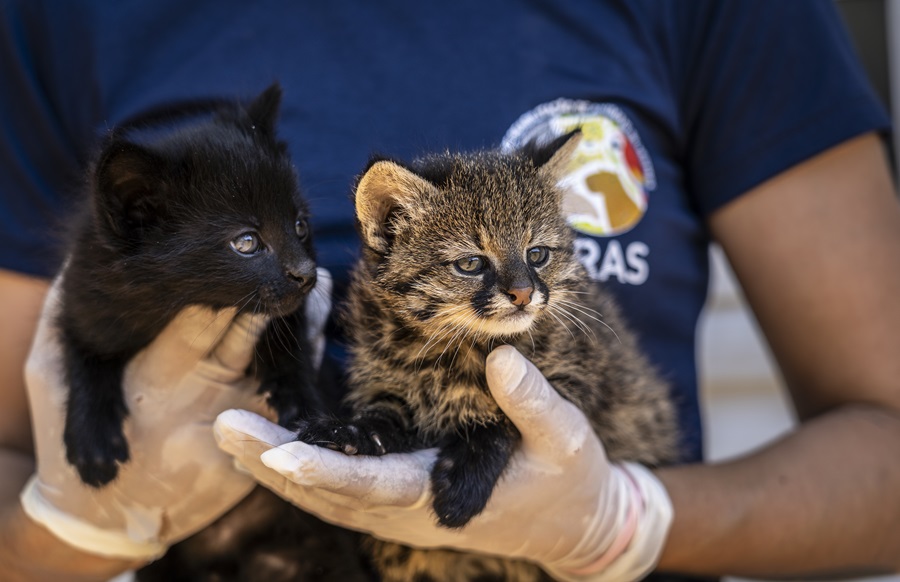
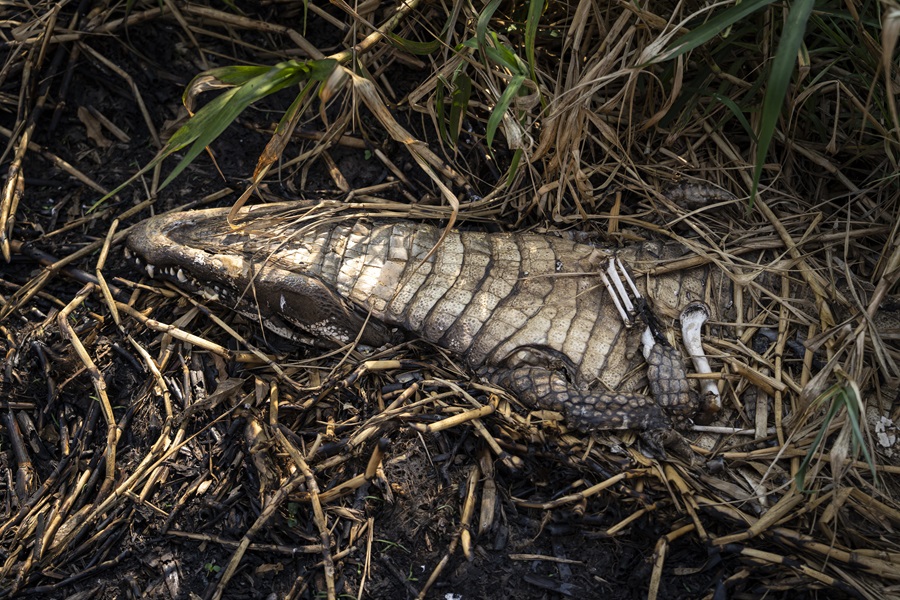
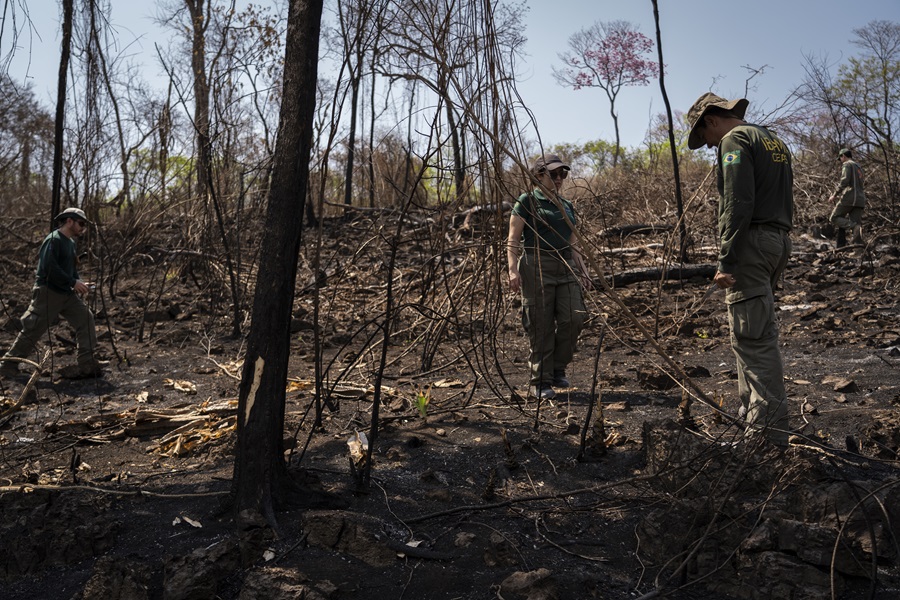
Fires in the Pantanal have already devastated 2 million hectares and are the worst since 2020. Experts point out that human action is responsible for the fires and the effect of the destruction on biodiversity is still uncertain.
STAFF
Research and Reporting
André Campos, Bruna Borges, Daniela Penha and Poliana Dallabrida
Photography and videos
Fernando Martinho and Beatriz Vitória
Graphic identity
Rodrigo Bento
Design
Beatriz Vitória and Bruna Borges
Social media
Beatriz Vitória
Tamyres Matos
This special report was supported by Brighter Green’s Animals and Biodiversity Reporting Fund
